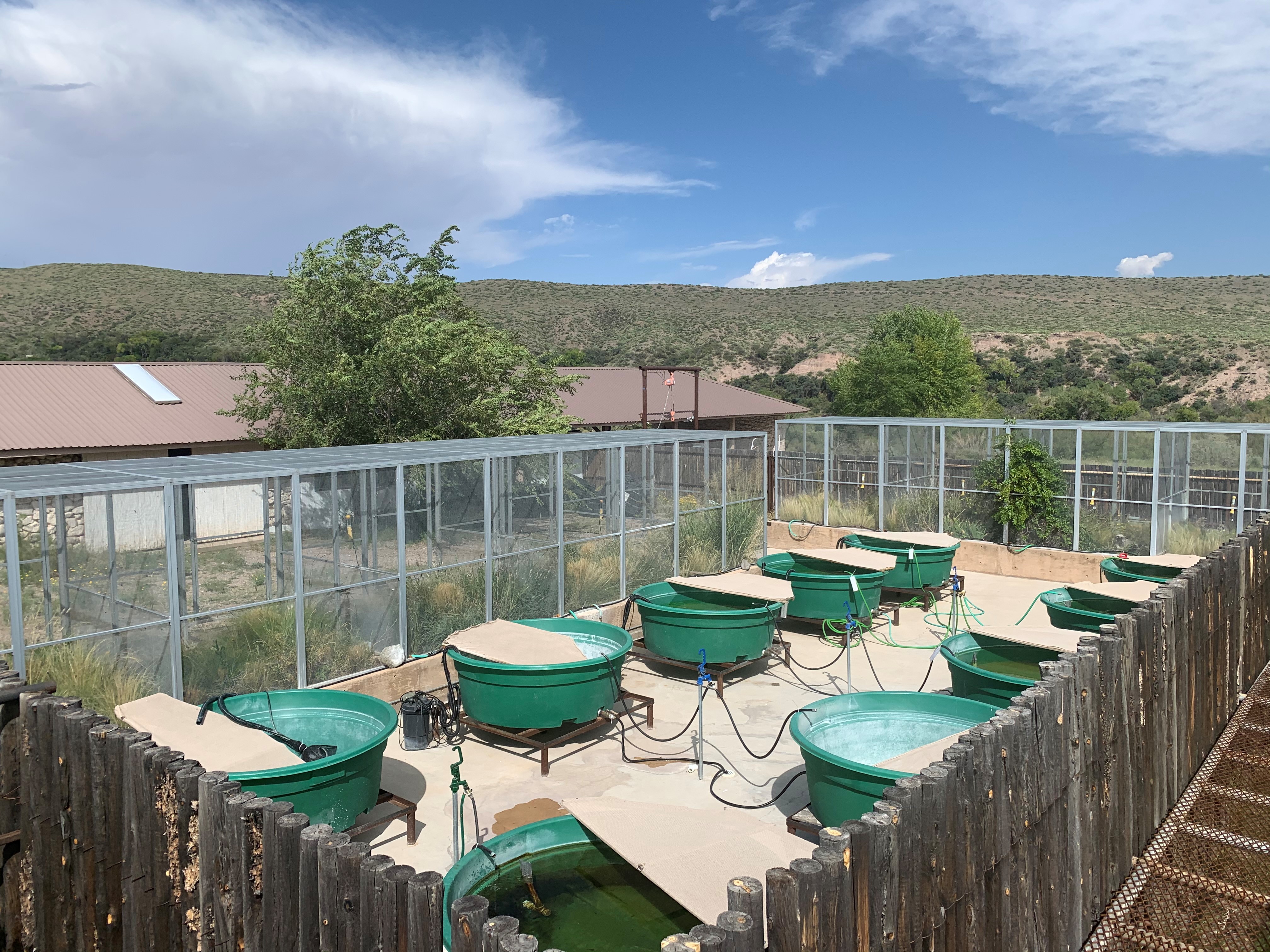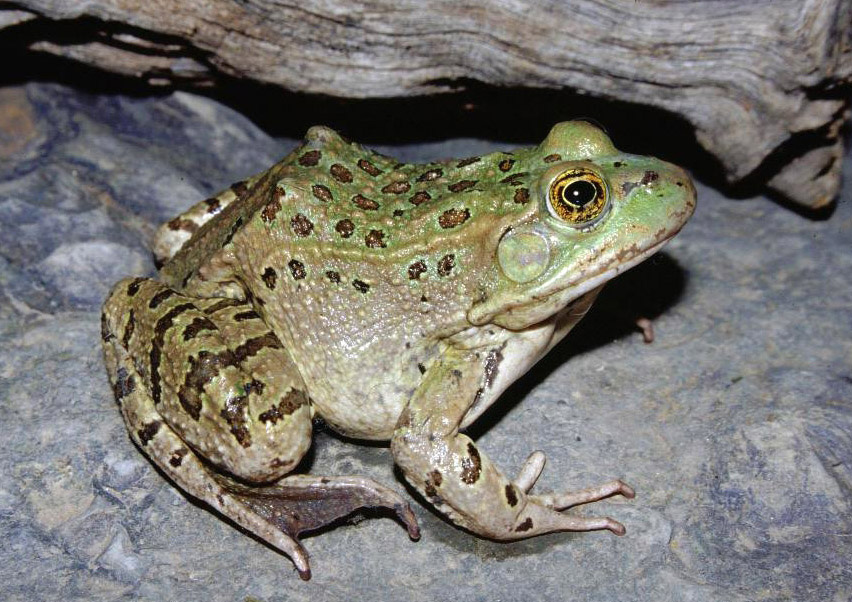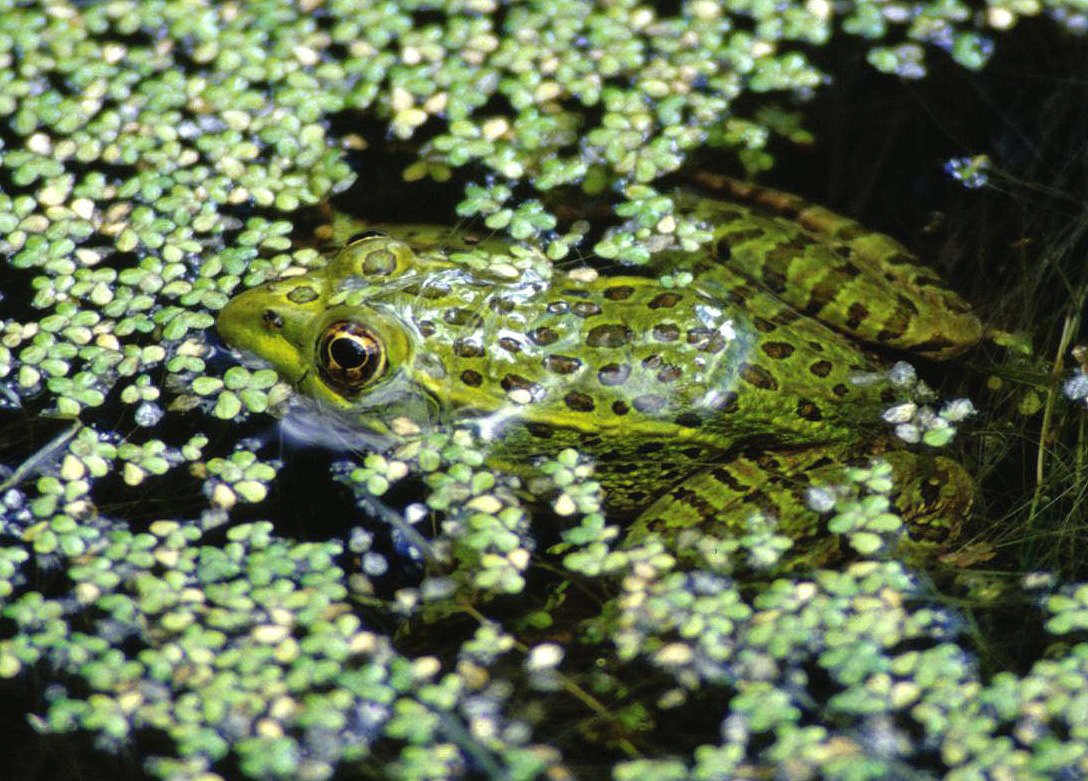ARMI scientists lead analysis of factors linked with long-term reintroduction success for a threatened frog
Reintroduction programs are growing in use to help recover imperiled species. However, there is still little information on the long-term success of these programs or factors linked with successful establishment of populations. ARMI scientists collaborated with partners from the US Fish and Wildlife Service, Arizona Game and Fish Department, Turner Endangered Species Fund, and university scientists to analyze 25 years of reintroductions for the Chiricahua Leopard Frog in Arizona and New Mexico. The reintroduction program stocks larvae and frogs reared in several captive and semi-captive facilities in the region, as well as egg masses and frogs moved from wild sources. The results from the study can help improve reintroduction success and speed recovery for the Chiricahua Leopard Frog and other species with similar life histories.
Citation
Hossack and others. 2022. Identifying factors linked with population persistence: Lessons learned from 25 years of amphibian translocations. Global Ecology and Conservation 35: e02078. https://doi.org/10.1016/j.gecco.2022.e02078



